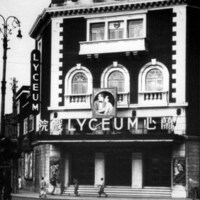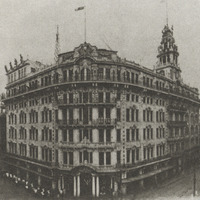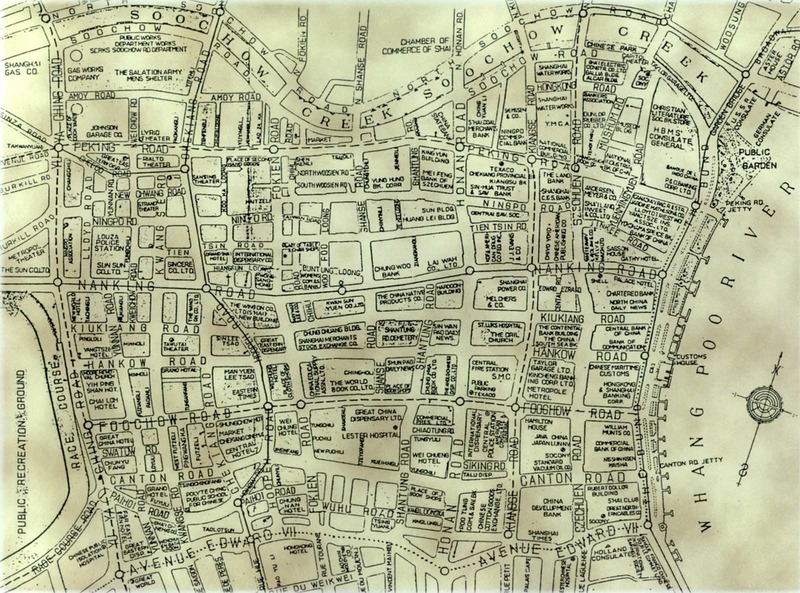Rise of Nationalism, and Urban Wealth
The rise of Nationalism in China and Shanghai more specifically could be attributed to dissatisfaction in Chinese representation and action in municipal and foreign affairs. The previously mentioned lack of Chinese representation in the Municipal Council of Shanghai was a local point of protest in Shanghai in the 1910s.
In the 1920s, the Nationalist government began to dissolve the private mercantile authority of the International Settlements. Merchants and bankers were pressured to spend funds on public causes, and pressure grew to elect Chinese residents to the Municipal Council which governed the planning of the International Settlements. From this pressure, three Chinese representatives were elected to the council in 1928, and two more were elected in 1930. Under this new council, urban wealth would be channeled into theaters, cinemas, dance halls, and other buildings dedicated to leisure and entertainment. Until the Japanese invasion of 1937, this period would mark one of economic growth through structural redesign in Shanghai.
Private investment was also a hallmark of the economic growth of the time. Business flourished, and a new kind of shopping experience emerged. One dominated by centralized shopping districts and large department stores. Nanjing Road was the epitome of this new shopping experience. With business cropping up all along its sidewalks, Nanjing Road became the main shopping district of the International Settlements in the 20s. This main street came to represent Shanghai’s growing commercial culture as a whole, and is still a major shopping district of Shanghai today.



